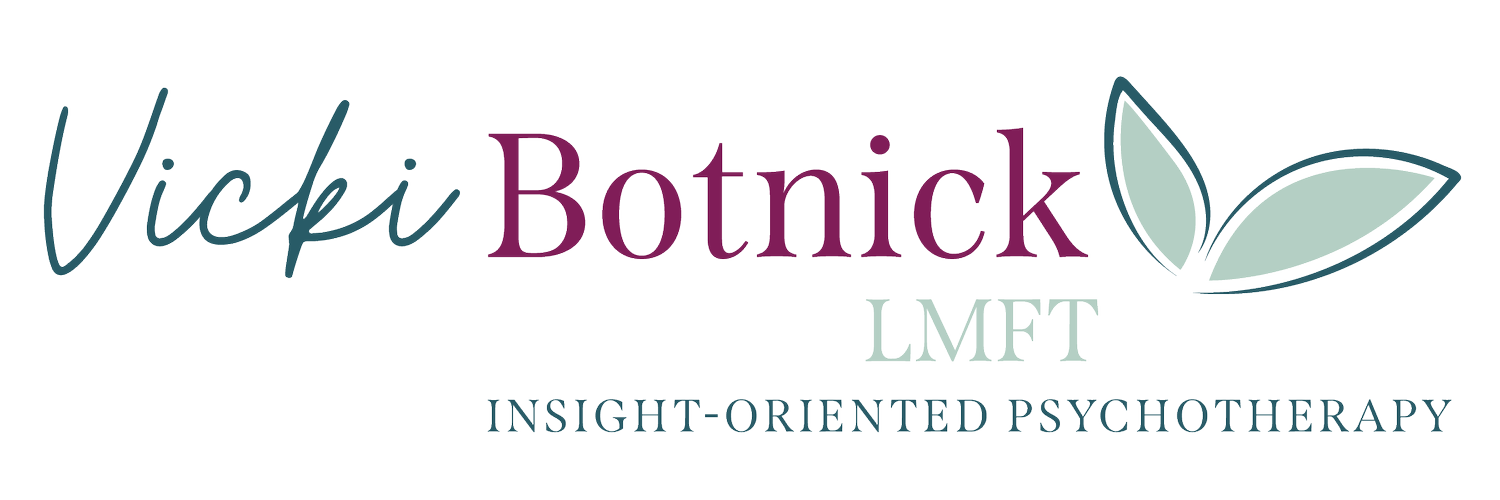Lesson 1 from the Anxiety Support Group? Slow Down, Tiger
“As soon as I’m worried about something with my boyfriend, I blurt it out,” said one group member. Another agreed. “If I’m at the store and I feel anxious, I drop everything and run home.” A third added, “It’s like I can’t stop myself from checking in with my friends if I’m scared I said something wrong. I’m constantly apologizing.”
I told them this all made sense; when we get anxious, we want to DO SOMETHING immediately. Anxiety is an ancient form of defense, the body’s way of keeping us ready to strike if we sense danger. And yet in our modern lives, so many times the anxiousness we feel is not related to any real danger. It’s either a remnant of a past trauma (something that isn’t currently threatening us), or it’s an overreaction to something that feels incredibly upsetting but, upon closer examination, is not so threatening (first day of school, public speaking, spider in the closet, fill in your own scenario).
Let me state up front that it’s tough to generalize about anxiety—it’s many things to many people, and there are tons of different tools to help soothe it. But after listening to hundreds of people describe their urge to react as soon as they feel the physical signs of panic, I feel confident in calling that a universal impulse. The rushing sensation of an increased heart rate, elevated blood pressure, and shallow breathing urges us to jump in and do something, anything, in order to feel better.
Sometimes, our anxious impulses appear productive—I’m going to go for a jog to shake off this worry. Other times the impulse is unproductive—I’m going to drink tequila or buy something online to squelch this pain. But even when we’re reaching for our most positive coping techniques (talking to a friend, meditating, etc.), if we do it too quickly and without thinking, it can have an adverse effect.
So, instead, do what we do in my anxiety support group: pause. The pause is a simple and underrated first response to trauma. It’s also very hard to do, because our brains are telling us to respond immediately and neutralize the danger. In the middle of the struggle, it seems extremely important to act and get rid of the discomfort of anxiety as soon as possible. But if we can override that instinct and give ourselves a second to think more clearly, we might just realize that that the best action is not the first one that popped into mind.
Pausing allows us to investigate our fears. It helps us take a step back and observe, research, and question the anxiety. We might ask it, “What do you need right now?” Or, “What are you afraid of?” Or, “What would make you feel better in a lasting way?” The answers to these questions might surprise us, if we don’t rush in to assume we know.
I’m not saying you should never go with your first instinct. If anxiety arises in you and you can bear to sit with it for 15 minutes, a few things could happen. First, the worry might fade away on its own. If you do a simple relaxation maneuver, you can sometimes trick your body into believing there’s no emergency. (For instance, count backward 10 numbers from 117. The simplicity of the task, combined with the need to concentrate just a little bit, can instantly rewire your thoughts.) Second, you might gather that you’re too upset to know the best thing to do, and decide not to respond yet. Third, you could confirm that, yes, that five-mile run really is the best activity for you right now, and feel confident in your decision.
That’s how to use the pause in a literal sense, but it also works on a metaphorical level. Pausing is tantamount to staying “in the moment,” being right here right now, which is one of the most powerful tools to ease anxiety. This is particularly difficult when you’re trapped in fear, but if you can learn to practice this discipline during times when you’re feeling better, you can bring its calming qualities into even the most fretful situations.
Being in the moment is part of a larger approach called mindfulness, which I urge you to look into if you haven’t tried it already. It allows us to stop running away from our feelings and distracting from them. At times—especially during potentially harmful panic attacks—distraction is useful and even therapeutic. But often, it becomes our go-to response, and masks the deeper issues that are causing the anxiety. That’s when increasing our ability to bear the pain, to sit with the fear, can lead us to deeper healing.
If you get to that point, where you want to deal with not only the symptoms of anxiety but its causes, there are three resources that are incredibly helpful: one-on-one therapy, support groups, and mindfulness classes. If you’re not in the market for deeper exploration, however, pausing is a great first step toward a more meaningful response to anxiety’s impulsiveness. It’s the difference between numbing out with alcohol, candy, or sex and having great courage to meet the challenge head-on—and ask it a few questions.
Learn more about anxiety therapy.
If you’re ready to find support with therapy, schedule a free consultation here.
